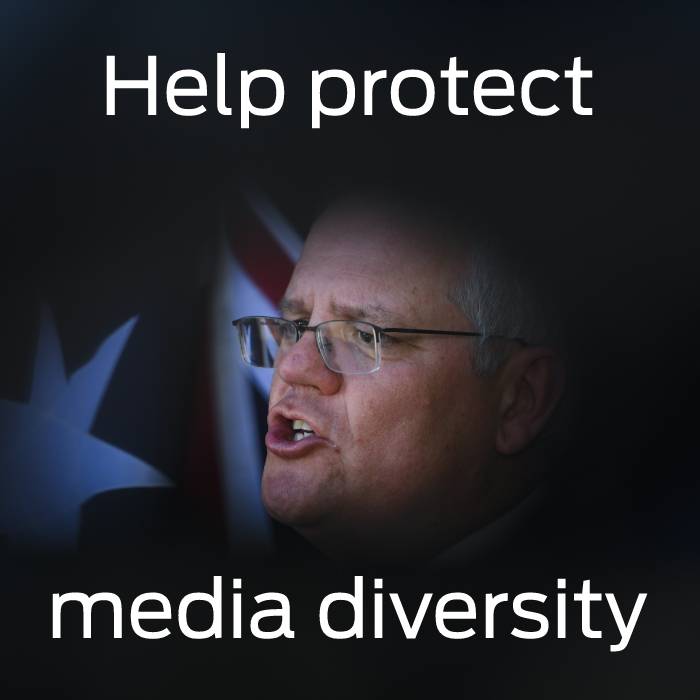As the Northern Territory heads to the polls, a vast industrial zone proposed for Darwin Harbour has been slammed as a potential aid to genocide and a pollution factory.
Middle Arm Sustainable Development Precinct has the backing of Labor and the Country Liberal Party as well as a $1.5 billion commitment from the federal government.
It would be the biggest industrial development in Darwin’s history and a global first by being powered largely by renewable energy, according to planning documents.
The project is intended to support a nascent hydrogen industry, ammonia and methanol, the processing of battery minerals, gas production and carbon capture.
Smart Energy Council Chief Executive John Grimes believes it should stand as a demonstration of Australia’s push to become a renewable energy and critical mineral superpower.
Environmental approval of a development that could supply enormous amounts of green power to the precinct is encouraging, he says.
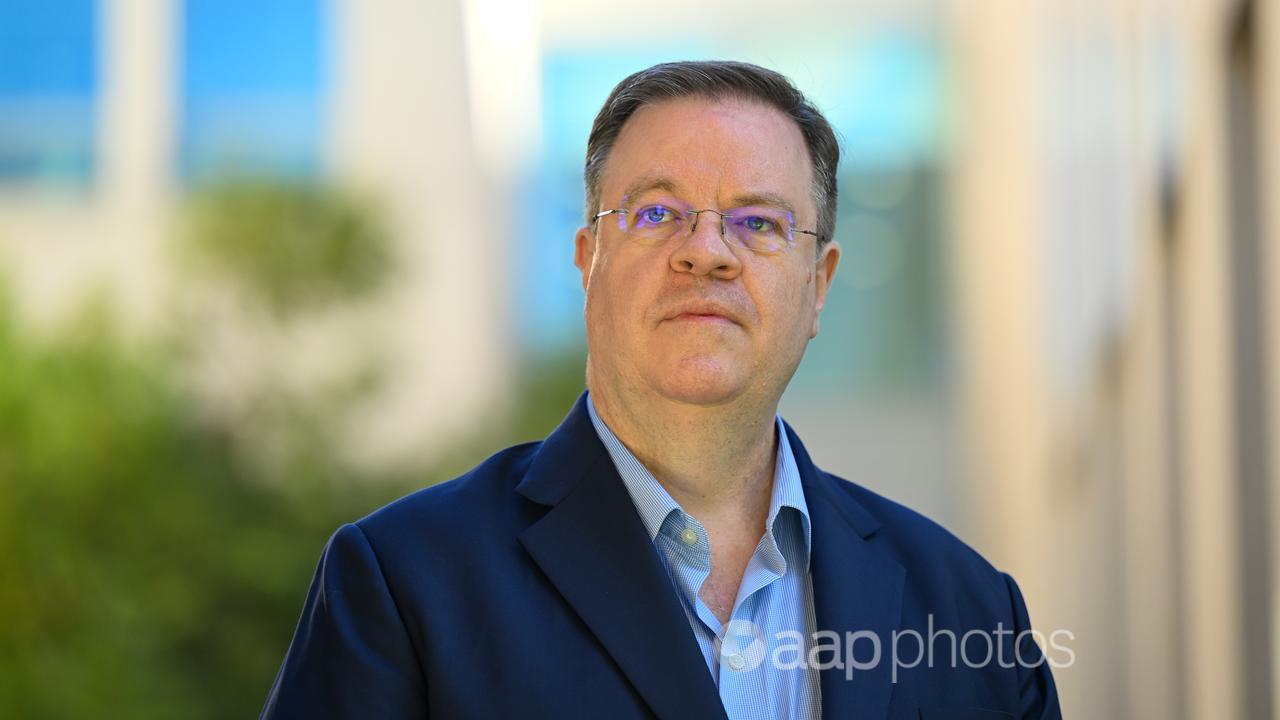
Billionaire Mike Cannon-Brookes’ $35 billion SunCable project has won federal backing to send green electricity from the hinterland for new industries in and around Darwin.
But given the vast sum of taxpayer dollars assigned to Middle Arm, Mr Grimes is urging Canberra to ensure money is not funding fossil fuel projects.
“It can’t be a fossil fuel villain,” he says.
“Allowing Middle Arm to be a taxpayer-funded terminal for gas and carbon is a terrible look.”
Heading into Saturday’s election, Chief Minister Eva Lawler and Opposition Leader Lia Finocchiaro faced off in a series of debates over the cost of living, crime, family violence, the economy and renewable energy.
Mrs Finocchiaro insists the Territory is at “a turning point” where it can choose to be better than it has for the past eight years under Labor.
She says Labor might pander to “economic vandals” who oppose Middle Arm but the CLP will not.
“We will unashamedly pursue mining, a well-regulated gas industry, defence, tourism and agriculture. It is in these industries that our inherent wealth sits and our future depends.”
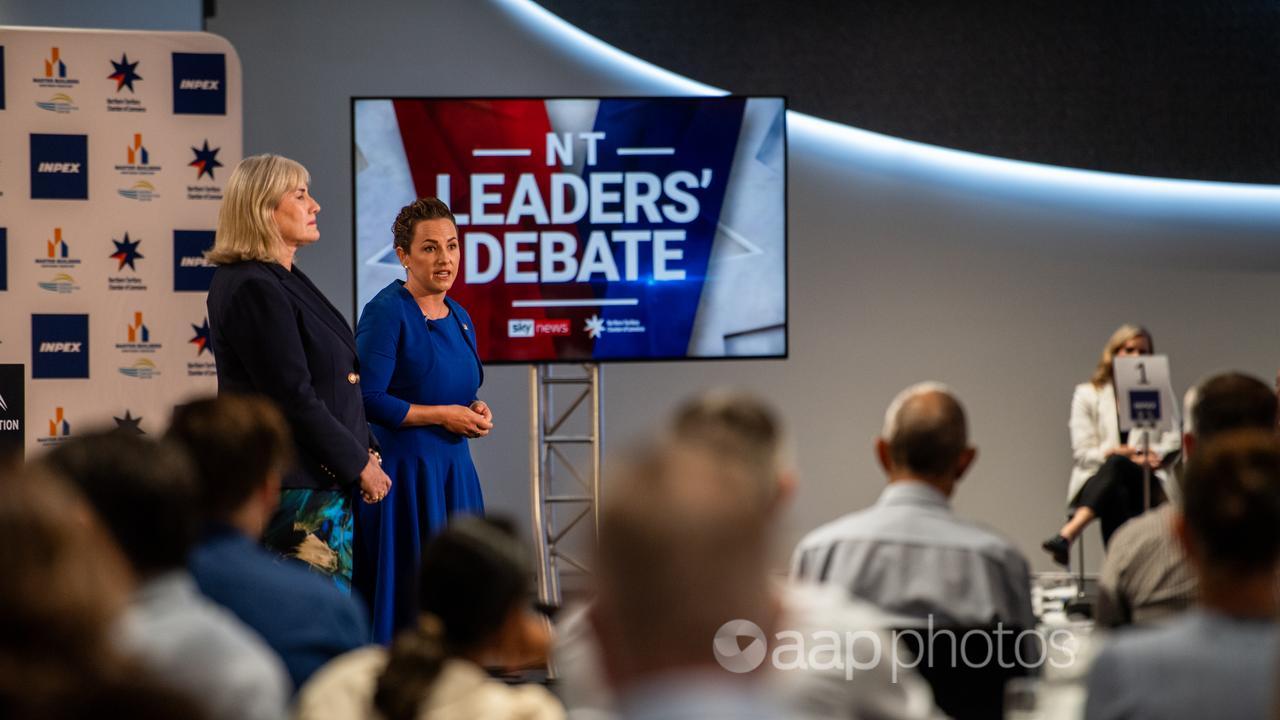
Yet Ms Lawler hasn’t ruled out the construction of a petrochemical plant near Darwin, arguing the new precinct will help the Territory stand on its own feet.
The area already hosts the Santos and INPEX Ichthys processing facilities for offshore gas, with plans for gas-fracking company Tamboran Resources to use a parcel of land for onshore gas from Beetaloo Basin.
She says the last time the CLP were in government they sacked hundreds of teachers, jacked up power prices 30 per cent, increased rego more than 10 per cent, privatised the Territory Insurance Office and sold Darwin Port to China.
Still, a Senate inquiry this week issued a damning report questioning the integrity and climate impact of the planned Middle Arm development.
It ultimately recommended the proposed precinct – and federal subsidy – be redirected to support clean technology.
Independent senator David Pocock called for an investigation into the funding aspect, saying it was committed without evidence of clear value for money or a proper risk evaluation.
The inclusion of petrochemicals would turn Darwin into “Australia’s very own Cancer Alley”, he said.
The Greens claimed the Albanese government’s Future Made in Australia agenda was at risk, along with wildlife including dolphins and the critically endangered far eastern curlew.
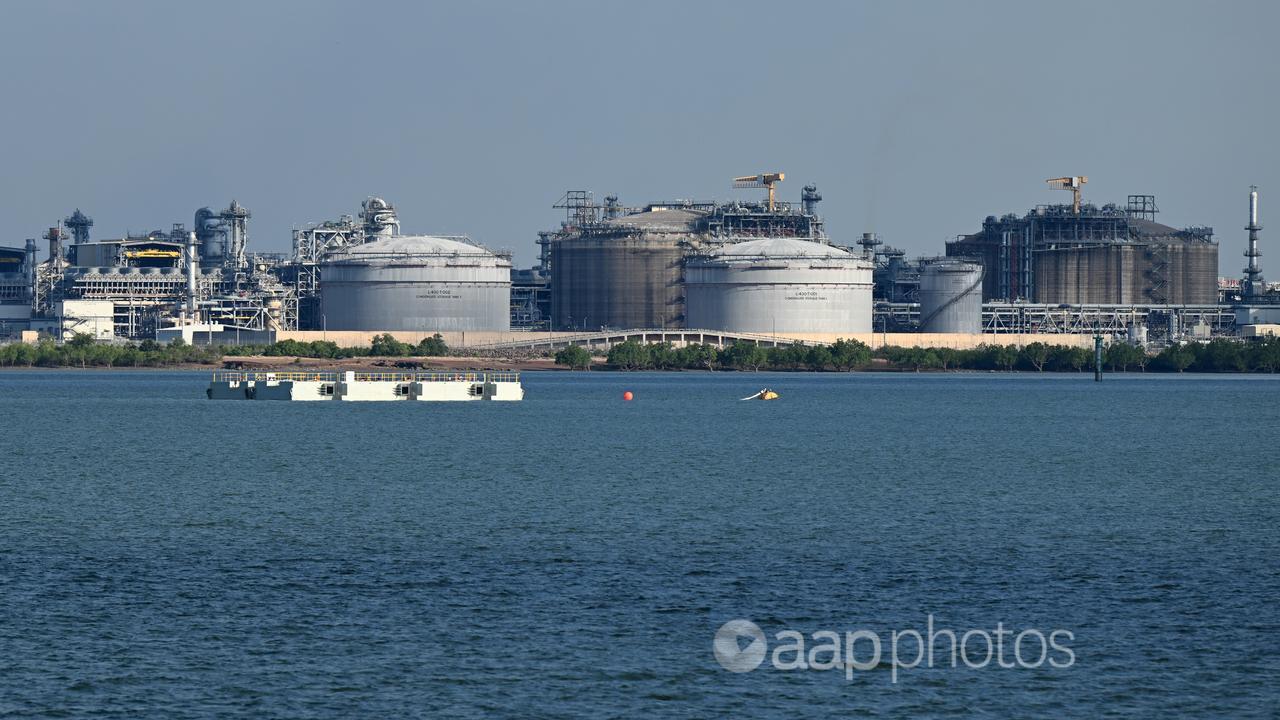
Local residents, small businesses, tourism operators and fishermen are strongly opposed, according to inquiry chair and Greens environment spokesperson Sarah Hanson-Young.
“Widespread opposition to the current Middle Arm proposal was loud and clear but sadly Labor and Liberal are too close to the big corporations and are not listening,” she said.
Greens candidate Suki Dorras-Walker is running in the winnable seat of Fannie Bay and needs an extra 300 or so votes, according to the party.
Doctors and nurses against the industrial precinct have cited international studies alleging petrochemical plants result in a 30 per cent increased risk of leukaemia, which predominantly affects children, for populations within 5km.
Environmental groups doubt the ability of the NT government to regulate the project to prevent risks to the environment and health of residents.
Victorian senator Lidia Thorpe has slammed the “real lack of genuine consultation and a disregard for the need to obtain free, prior and informed consent”.
But activists have been told to butt out of the Top End by NT senator Jacinta Nampijinpa Price who says interstate environmentalists are blocking industrial projects that could benefit Indigenous people.
However, local Larrakia elder Eric Fejo says Middle Arm would be “yet another sorry chapter in the history of the genocide of Aboriginal people”.
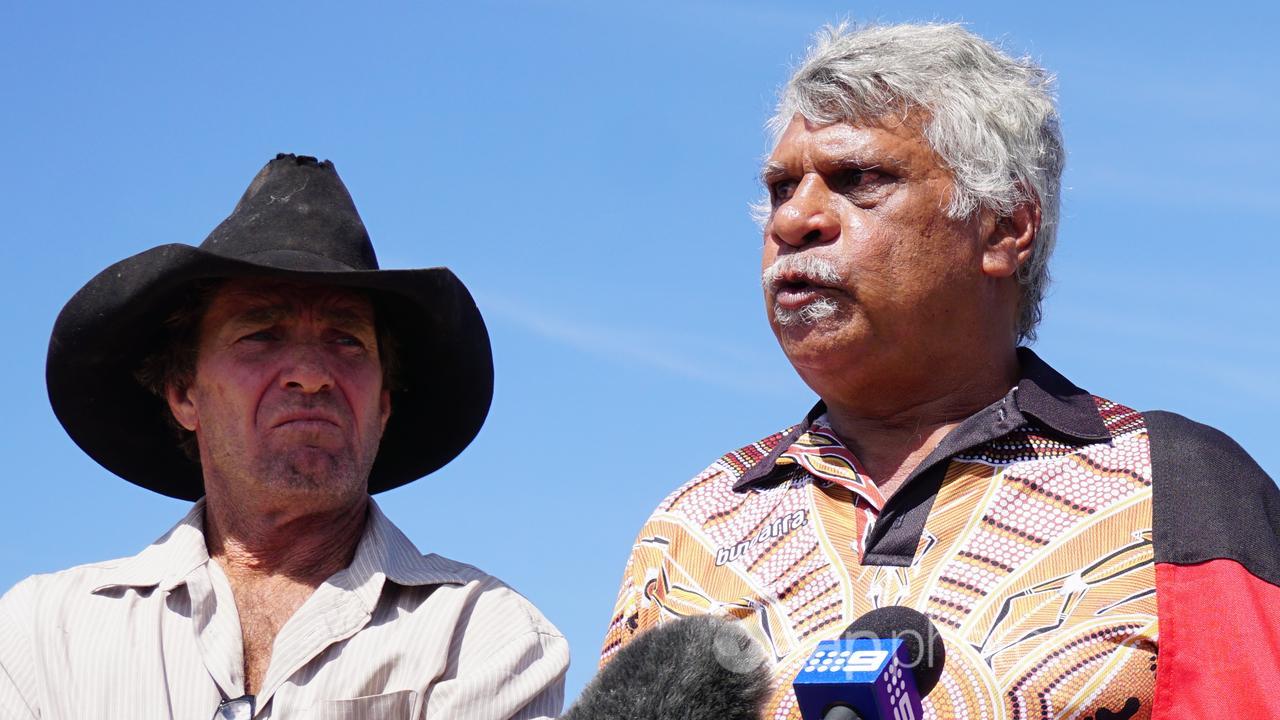
Nurrdalinji Aboriginal Corporation, which represents native title holders from the Beetaloo Basin, is calling for the Territory to be “frack-free” instead of allowing Tamboran to process gas for export.
“Governments and mining companies have made plans to frack our country and send the gas to the Middle Arm gas hub, believing this is more important than the lives of our people and our future,” Djingili elder Janet Gregory says.
“They have dollar signs in front of their eyes as if we, our country, culture and language don’t exist.”
Modelling by consulting firm EY shows Middle Arm would reap up to $700 million in annual Territory taxes and up to $2.4 billion for the federal government.





